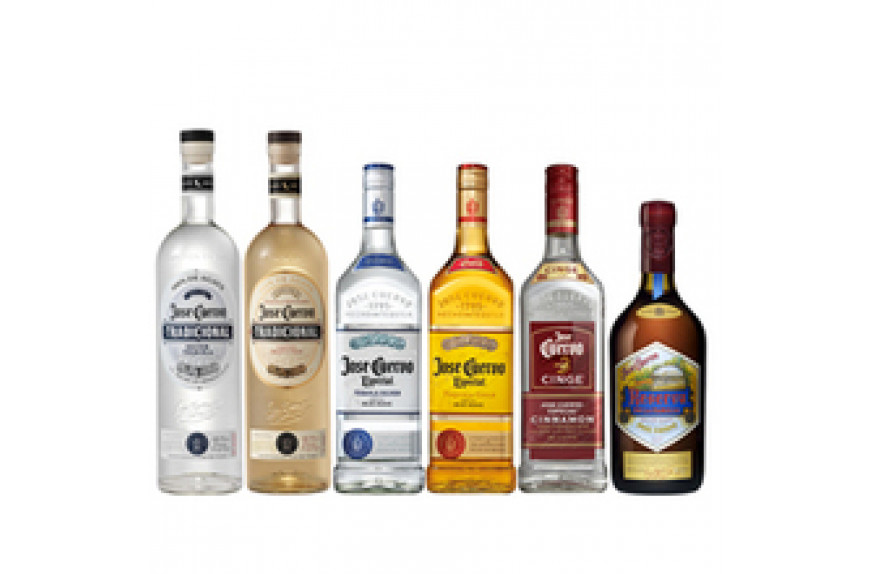Alla scoperta della Tequila

Alla scoperta della Tequila
Tags
Categorie
L'agave è la pianta da cui vengono prodotte sia la Tequila - che approfondiremo oggi - sia il Mezcal - che "studieremo" tra qualche settimana. L'Agave è una pianta grassa, di origine appunto messicana, e solo in Messico ne esistono circa 400 specie diverse. Dall'agave blu alla Tequila La Tequila però viene prodotta solo da una agave in particolare, l'agave blu (agave azzurra oTequilana Weber - Weber era un botanico tedesco, che, arrivato in Messico per studiare la flora locale, si accorse che l'agave blu sarebbe stata la più adatta per la produzione della Tequila), della regione di Jalisco intorno al Vulcano Tequila. Le agavi mature vengono raccolte quando le foglie superano i 3 - 4 metri, il Jimador taglia le piante e le pulisce dalle foglie spinose, tenendo solo la piña che è il cuore della pianta. Le piñas di piante pronte alla raccolta, raggiungono un peso tra i 40 kg e i 130 kg. La Tequila è un distillato antichissimo risalente al popolo Azteco; veniva usato da sacerdoti e nobili, e venne migliorato nella fase della distillazione e macerazione grazie alle conoscenze dei conquistadores spagnoli. Ma la Tequila come la conosciamo oggi nasce ufficialmente nel 1795, con la fondazione della Josè Cuervo, la prima grande distilleria Messicana. La produzione della Tequila Nella lunga e paziente lavorazione delle piñas i processi possono essere due, uno industriale, legato a meccanismi che velocizzano i passaggi; e uno tradizionale, che tramanda i processi con tutta la lentezza di un tempo; inutile dire che i metodi industriali sono usati dalle distillerie più grandi che hanno la necessità di produrre grandi quantità, quelle che fanno più volume di distillato; io però vi racconterò del metodo tradizionale, che oltre a essere il sistema originale è molto più poetico! Come abbiamo detto prima, l'operaio addetto alla raccolta e alla ripulitura della piña d'Agave, chiamato Jimador, seleziona le piñas, che poi vengono cotte in forni tradizionali di pietra o argilla con caldaie a vapore; questa operazione si conclude dopo 50 - 72 ore. La temperatura all'interno dei forni detti hornos, varia tra i 65° e i 90°, questo permette all'amido contenuto nella piña di trasformarsi in zucchero, evitando però la formazione di caramello, che conferirebbe note amare al prodotto finale. Trascorse tutte quelle ore di cottura, le piñas vengono disposte ad asciugare e riposare per circa 36 ore, quindi raffreddano e sono pronte per la frantumazione, che viene fatta in mulini a pietra, i "tahona". Si ottiene così un pestato succoso chiamato Agua Miel che viene messo in tini con aggiunta di acqua. Questo mosto è pronto per la fermentazione che può partire spontaneamente con i lieviti contenuti nel succo, oppure i lieviti saranno aggiunti dalla miscelazione di precedenti fermentazioni. Il mosto fermenta tra 7 e 12 giorni, si ha così un liquido che sviluppa dai 5 ai 7 gradi alcolici, e che passa in alambicco per due volte. La prima distillazione, più grossolana, dura dalle 4 alle 8 ore e rilascia un distillato grezzo chiamato "Ordinario". L'Ordinario viene ridistillato e di questa distillazione si tiene solo "el corazon", il cuore, che titola 55° alcolici, mentre la testa e la coda, la prima e l'ultima parte della distillazione, vengono eliminate (come in tutti i distillati, perché contengono alcol dannosi alla salute).
